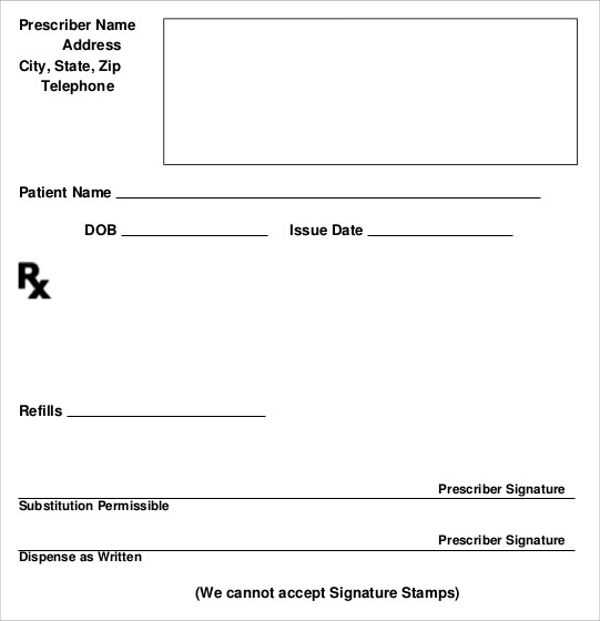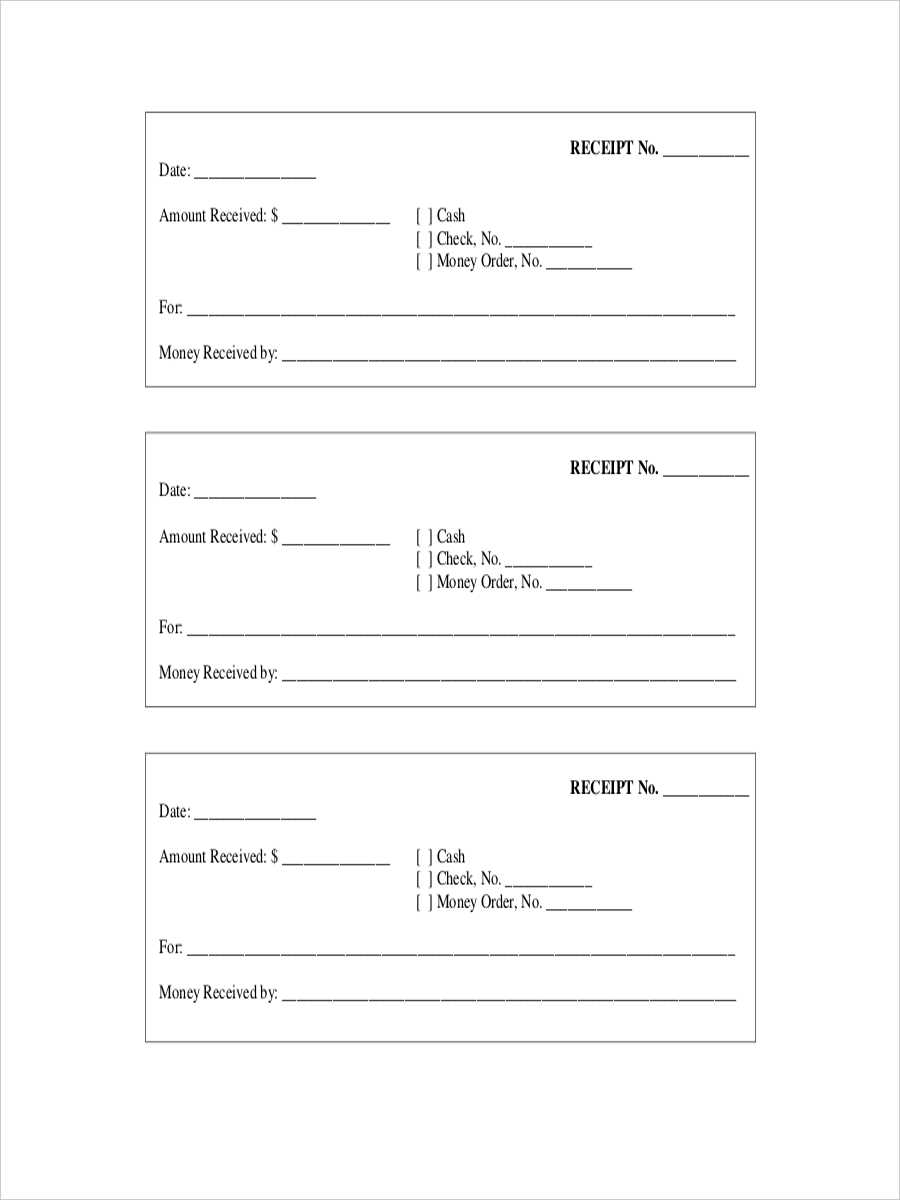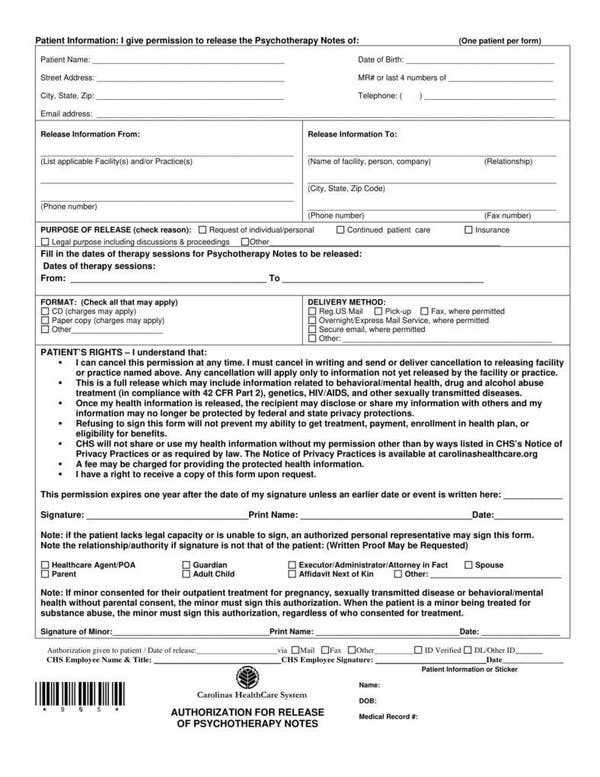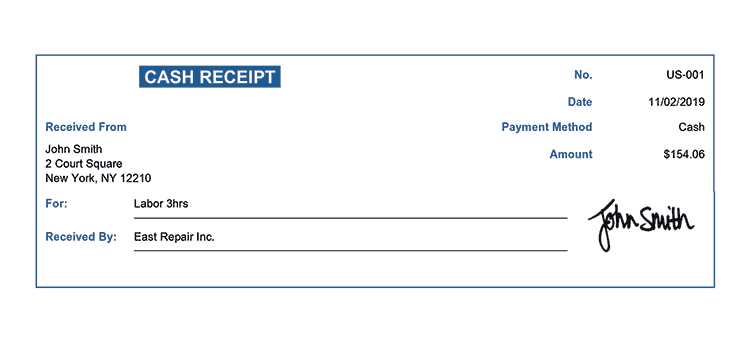
For any professional providing psychotherapy services, offering clear and precise documentation of payments is a necessary step. A well-structured psychotherapy receipt template ensures clients have proof of payment for their sessions, which can be used for insurance claims, tax purposes, or personal records. Having a reliable receipt template saves time and reduces confusion for both the therapist and the client.
Include key details on your receipt, such as the client’s name, the date of the session, the service provided, the total amount paid, and payment method. Be sure to clearly state whether the payment was made in full or if any outstanding balance remains. Adding your contact information, along with a reference number for the transaction, helps maintain organization for future reference.
Customizing your psychotherapy receipt template to match your practice can also build trust and professionalism. Make it simple, but ensure all necessary information is present. This template not only provides transparency but also guarantees that both parties are on the same page regarding financial transactions.
Here are improved versions of the lines:
Replace vague language with clear and concise descriptions to avoid ambiguity in the receipt. For example:
- Instead of “Therapy Session,” use “Individual Psychotherapy Session on [Date].”
- Replace “Services Provided” with “Psychotherapy services: Cognitive Behavioral Therapy (CBT) for [Client’s Name].”
- Use specific amounts: “Amount Paid: $150 for 60-minute session.”
Include a section for the client’s acknowledgment:
- “I acknowledge receipt of services and the agreed payment for the session on [Date].”
- Use an appropriate signature line for the therapist and the client, e.g., “Therapist’s Signature: ___________________ / Client’s Signature: ___________________.”
Clearly mention the payment method:
- “Payment Method: Credit Card / Cash / Insurance.”
- If insurance is involved, include a note: “Insurance claim filed for this session.”
Ensure the receipt is straightforward and easy to understand for both the client and the therapist.
- Psychotherapy Receipt Template
A psychotherapy receipt must contain specific details to ensure it is clear, accurate, and usable for both the therapist and the client. Below is a breakdown of the key elements to include in a psychotherapy receipt:
1. Therapist Information

- Full name of the therapist
- License number or credentials
- Practice address and contact information
- Date and time of the session
2. Client Information
- Full name of the client
- Client’s date of birth (optional)
- Address (optional)
3. Session Details
- Type of session (individual, family, couples, etc.)
- Duration of the session
- Total charge for the session
4. Payment Information
- Amount paid
- Payment method (cash, credit card, insurance, etc.)
- If insurance was used, include provider details and amount covered
5. Therapist’s Signature
The therapist should sign and date the receipt to verify its authenticity.
Begin by structuring your receipt with the following key elements: therapist’s name, business address, and contact details. These are fundamental for ensuring the receipt is professional and traceable.
Client and Session Information
Include the client’s full name, session date, and duration. This helps maintain clear records and avoid confusion in future references.
Financial Breakdown

List the service provided, such as a 50-minute therapy session, along with the agreed-upon rate. Clearly state the amount paid, any applicable taxes, and specify the payment method (cash, check, or credit card). Be transparent with any discounts or adjustments made.
| Description | Amount |
|---|---|
| Session (50 minutes) | $100.00 |
| Tax (5%) | $5.00 |
| Total Paid | $105.00 |
Don’t forget to add your practice’s business identification number (EIN) or tax ID for compliance with tax regulations. If you provide receipts in a digital format, make sure the layout is easy to read and the data can be printed clearly if needed.
Include the full name and contact details of the therapist or practice. This information should be easily visible and accessible, as it ensures transparency and accountability. Also, clearly list the date of the session, the service provided (e.g., individual psychotherapy session), and the length of the appointment.
Itemized breakdown of services is another key component. Include charges for the session itself, any administrative fees, and additional costs for materials, if applicable. Clients should be able to understand exactly what they are being charged for and why.
Insurance details are necessary if the client is using health insurance to cover the cost. Specify the insurance provider, the amount covered, and the amount the client is responsible for paying. This helps avoid confusion when processing payments through insurance companies.
Always provide the total amount due clearly at the bottom of the bill, along with payment methods accepted (credit, debit, etc.). A statement about late payment fees or billing policies is also helpful to avoid future misunderstandings.
Legal requirements such as the therapist’s license number may be mandatory in some jurisdictions. Ensure that your bill includes any relevant legal or regulatory information to comply with local laws.
To customize a psychotherapy receipt for insurance claims, start by ensuring that all required details are clearly presented. Include your name or your practice’s name, address, and contact information, as well as your professional license number and the type of therapy provided. Make sure to specify the dates of service, session duration, and the amount charged for each session.
Detail the Services Provided
It is important to include a description of the services rendered, such as individual therapy or couples counseling, as insurance companies often require specifics. Include the number of sessions and any specific treatment methods used, if applicable.
Include Payment Information
Make sure to specify the total amount paid by the client and any outstanding balances. If you are submitting the receipt for reimbursement, indicate whether the client paid in full or if there was a co-payment. This helps the insurance company assess the claim accurately.
Finally, sign and date the receipt to validate it. A well-detailed, professional receipt can prevent delays in insurance claims and ensure that all necessary information is readily available for processing.
Receipt Template for Psychotherapy Sessions
Ensure that your psychotherapy receipt includes the necessary details to maintain clarity and transparency. Provide the patient’s full name, the date of the session, the duration of the session, and the therapist’s professional designation. Include the total amount paid, along with any insurance details if applicable.
Key Elements to Include

List the therapist’s contact information, including phone number and address. Specify the nature of the service provided (e.g., individual therapy, couples counseling), and if relevant, reference any agreed-upon treatment plan or session goals.
Formatting and Presentation
The receipt should be clear and easy to read. Avoid cluttering the document with unnecessary text or visuals. Stick to a clean, straightforward layout that presents all the required information in an organized manner.


